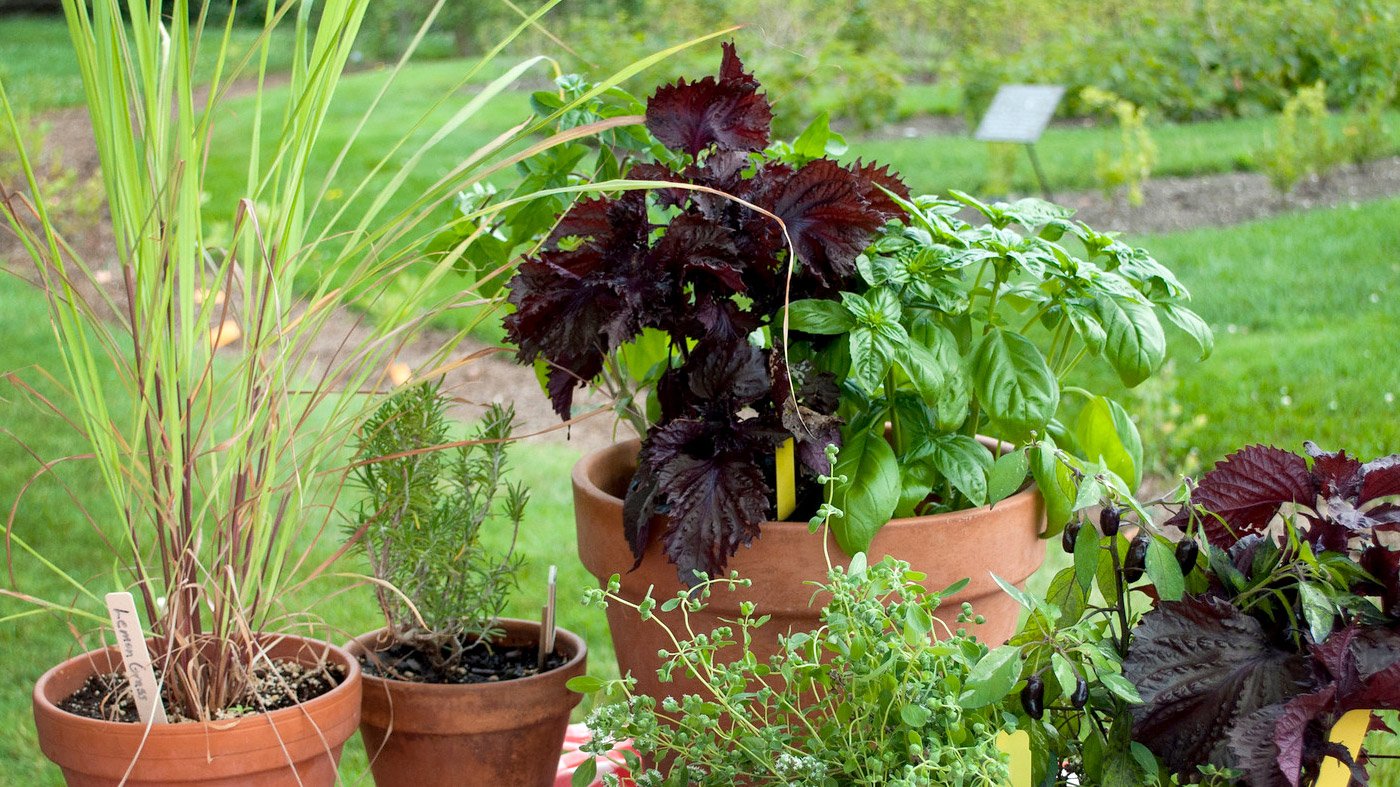Table of Contents
Herb gardening is the practice of growing herbs for culinary, medicinal, or ornamental purposes in a home garden or container. One of the most significant benefits of herb gardening is the ability to grow fresh and flavourful herbs that can be used in cooking. Growing herbs in your garden and kitchen garden is convenient as well as cost-effective.
When planting herbs, it’s important to consider which herbs grow well together. Some herbs, such as basil and tomatoes, are known to complement each other and are often grown together in the same garden bed.
Planting herbs that grow well together can also have a positive impact on the overall health and vitality of the garden. Companion planting can also help to deter pests and promote growth.
In this article, we will cover a list of 40 herbs that grow well together in three different categories.
Herbs that Grow Well in Full Sun and Well-Drained Soil
Herbs are a wonderful addition to any garden, providing not only fragrant aromas but also a bounty of culinary and medicinal benefits. However, not all herbs thrive in the same growing conditions. Some herbs are well-suited for growing in warm and sunny climates, and they can tolerate dry and arid conditions. In this environment, they will flourish, producing lush foliage and aromatic oils that can be harvested for a variety of uses.
Here is a list of 12 herbs that require sunny and well-drained soil conditions.
1. Lavender
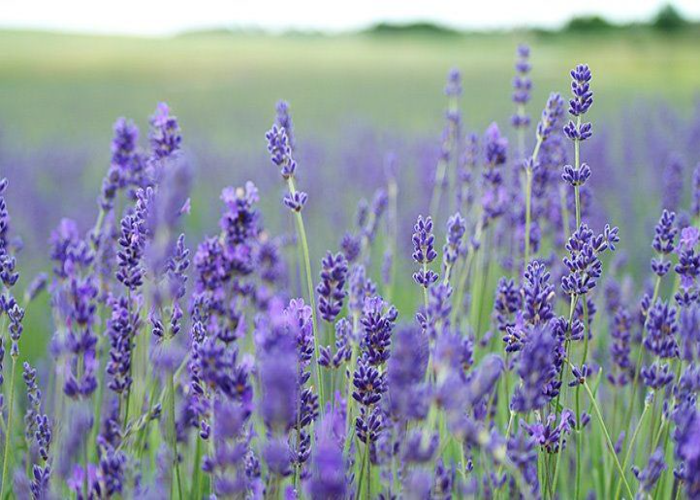
Lavender is a popular herb known for its beautiful purple flowers and its relaxing aroma. Lavender is commonly used in aromatherapy to reduce stress. It is also used in cooking, particularly in Mediterranean and Middle Eastern cuisines, and in skin-care products.
2. Thyme
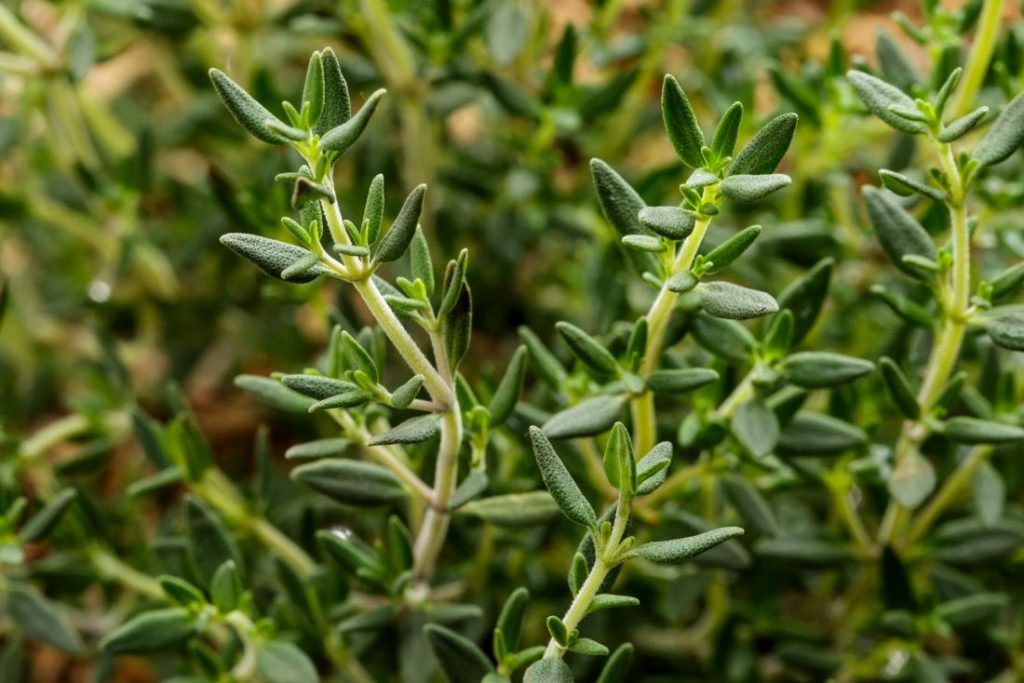
Thyme is a fragrant herb that is commonly used in cooking. It is also believed to have medicinal properties and has been used for centuries to treat a variety of ailments. Thyme is a versatile herb and can be used fresh or dried.
3. Sage
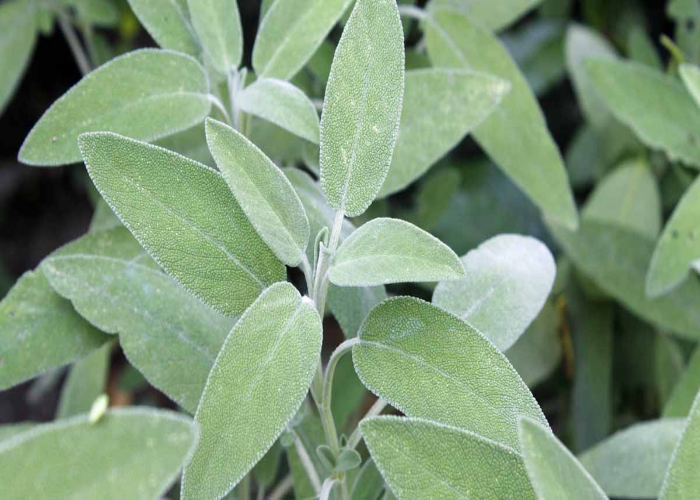
Sage is a herb that is known for its strong, earthy flavour and aroma. It is commonly used in savoury dishes, particularly in Italian cuisine. The herb is also believed to have many health benefits, including improving memory and brain function, reducing inflammation, and promoting digestion.
4. Tarragon
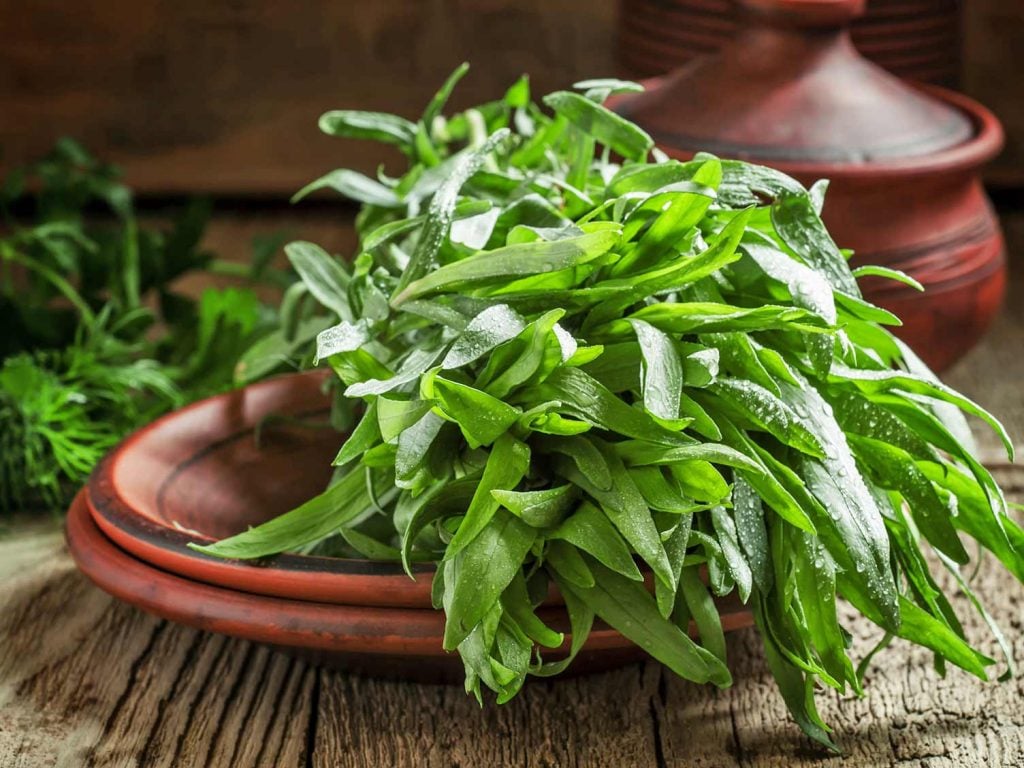
Tarragon is a fragrant herb that is native to Eurasia and is commonly used in French and Russian cuisines. Tarragon is also believed to have some health benefits, including reducing inflammation and improving digestion.
5. Rosemary
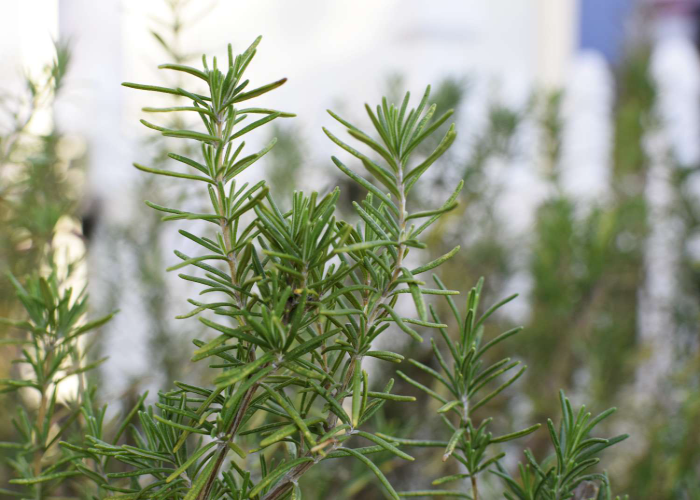
Rosemary is a fragrant herb that is native to the Mediterranean region. It has a strong, pine-like flavour and is commonly used in cooking, particularly in Italian and French cuisines. It also has some health benefits, including improving memory and concentration, boosting the immune system, and reducing inflammation.
6. Marjoram
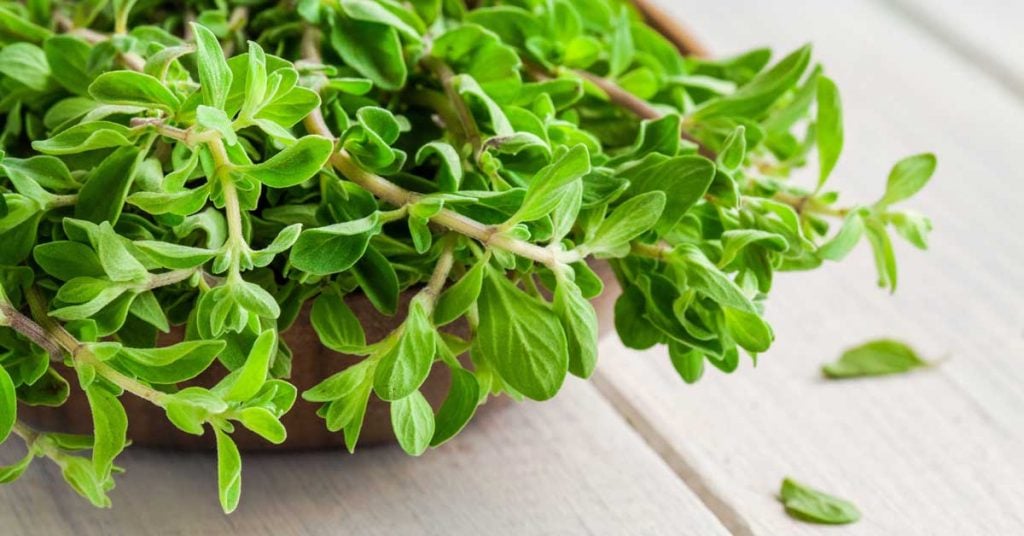
Marjoram is a fragrant herb that has a slightly sweet and citrusy flavour. Marjoram is often used to flavour meats, vegetables, and sauces and is a key ingredient in Italian seasoning blends. It can be used either fresh or dried.
7. Lemon Verbena
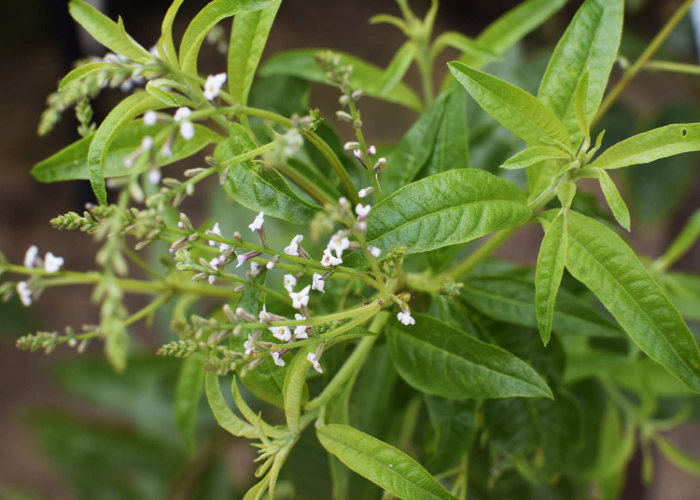
Lemon verbena is a fragrant herb that is native to South America. It has a bright and citrusy flavour with some sweetness and is commonly used in teas, desserts, and sauces. It has several health benefits, including reducing inflammation and promoting relaxation.
8. Yarrow
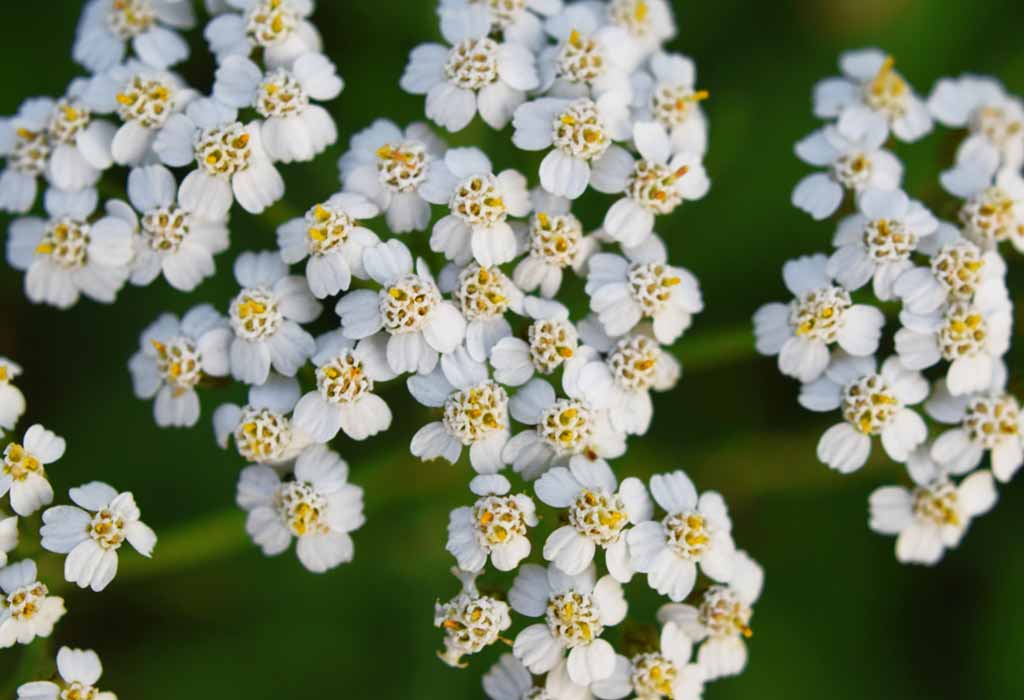
Yarrow is a herb that has feathery leaves and clusters of small white or yellow flowers. It is often used for medicinal purposes due to its anti-inflammatory and antiseptic properties. Yarrow can be used fresh or dried and is often brewed into tea.
9. Echinacea
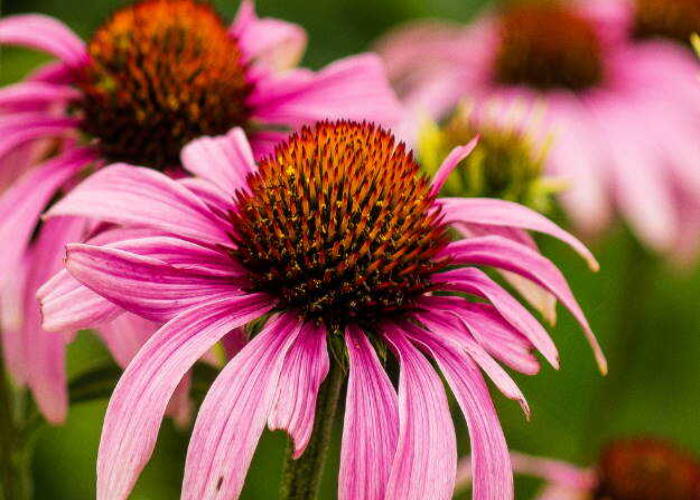
Echinacea, also known as coneflower, is a herb that is native to North America. It has pink, purple, or white flowers and is often used for medicinal purposes like treating colds, flu, and other respiratory infections.
10. Catmint
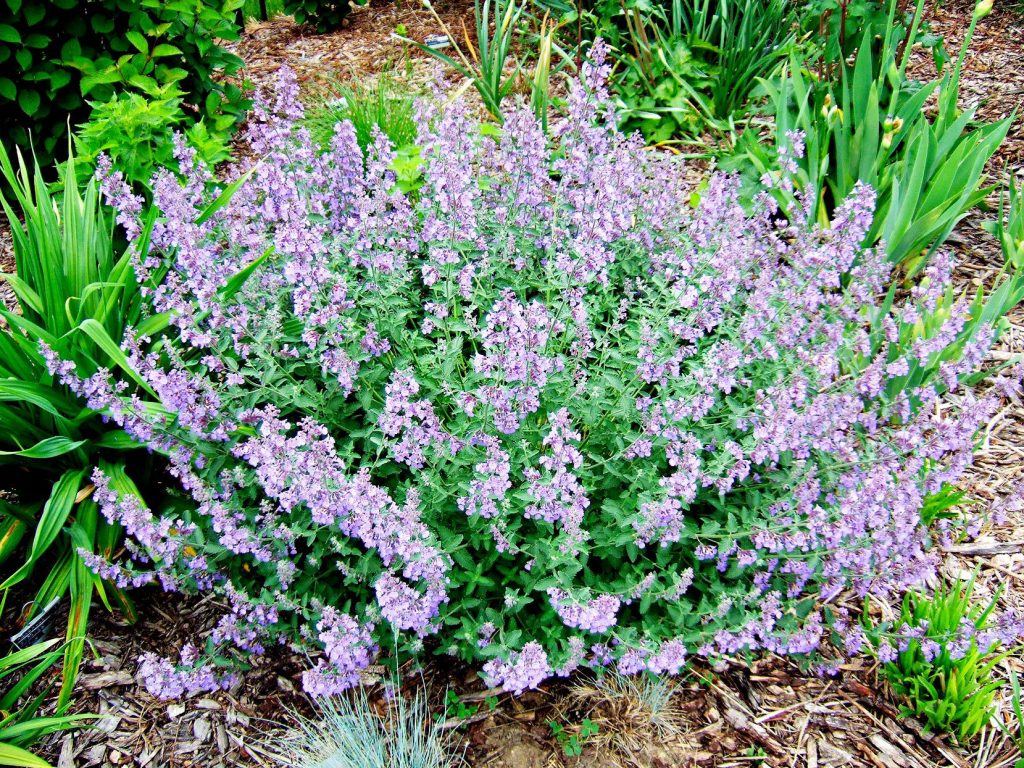
Catmint is a herb known for its minty flavour and aroma and is often used for medicinal and ornamental purposes. Catmint is believed to have sedative properties and has been used to calm anxiety and promote relaxation.
11. Agastache
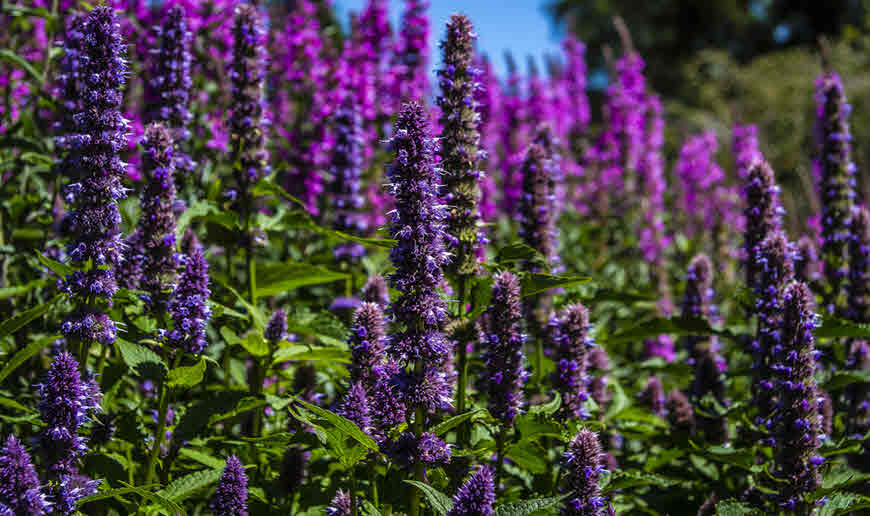
Agastache, also known as anise hyssop or giant hyssop, is a herb that has fragrant leaves and spikes of small flowers in shades of purple, pink, and white. It is often used for medicinal and culinary purposes. It is also grown as a decorative herb in gardens, as it attracts pollinators like bees and butterflies.
12. Mace
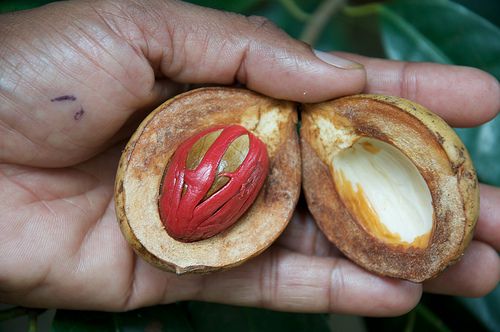
Mace is a spice that is derived from the outer layer of the nutmeg seed. It has a warm and sweet flavour and is often used to flavour baked goods, custards, and other desserts. It is believed to have several health benefits, including reducing inflammation and aiding digestion.
Herbs that Grow Well in Sun and Moist-Soil
Many herbs thrive in sunny and moist-soil conditions. Some popular options include basil and lemon balm. Basil is a great option that requires consistent watering and sunlight, and it produces fragrant leaves that are perfect for cooking. Lemon balm is another fragrant herb that can grow quickly in moist soil, and it is often used for medicinal purposes or in teas. With a little attention and care, these herbs can add beauty and flavour to any garden or landscape.
Here Is a List of 14 Such Herbs
13. Dill
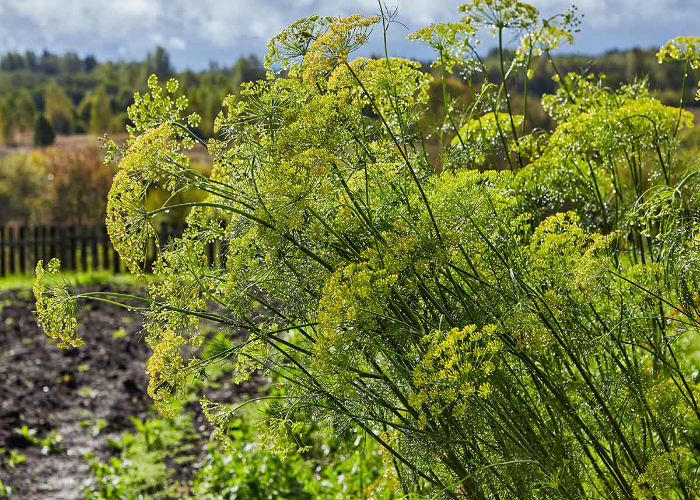
Dill is a feathery herb with a delicate, sweet taste that is often used in pickling and seafood dishes. It is easy to grow and attracts beneficial insects to the garden.
14. Thai Basil
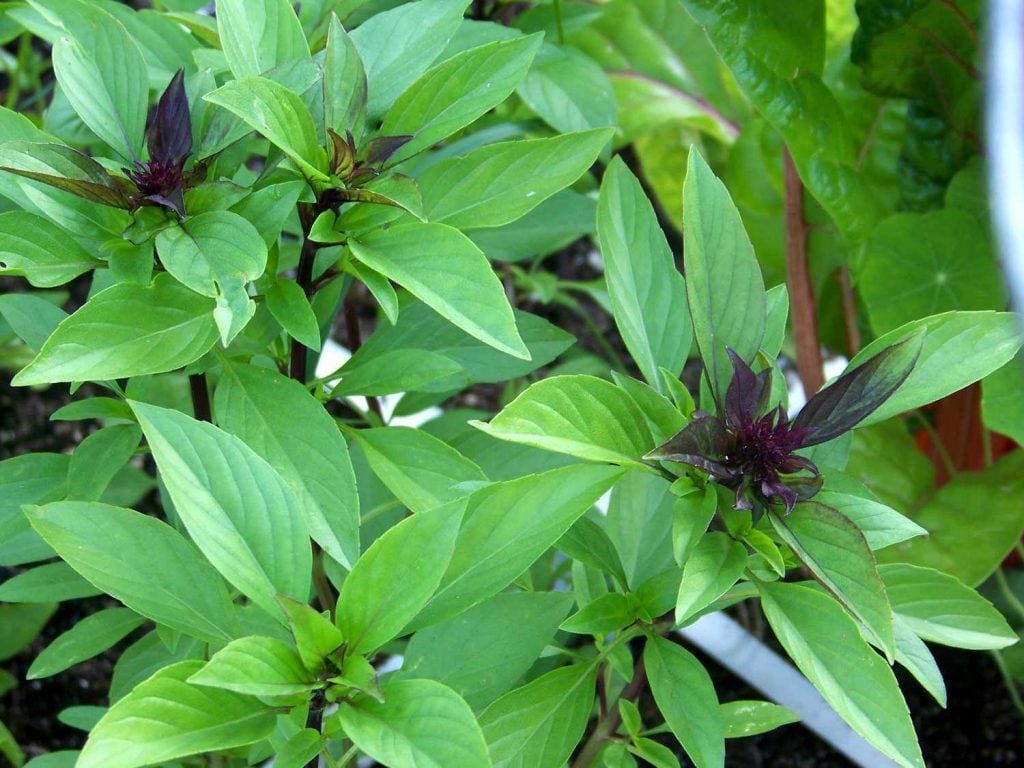
Thai Basil is a flavorful herb with a spicy, licorice-like taste. It is a staple in Thai cuisine and pairs well with spicy dishes, curries, and stir-fries. It also has medicinal properties.
15. Lemon Balm
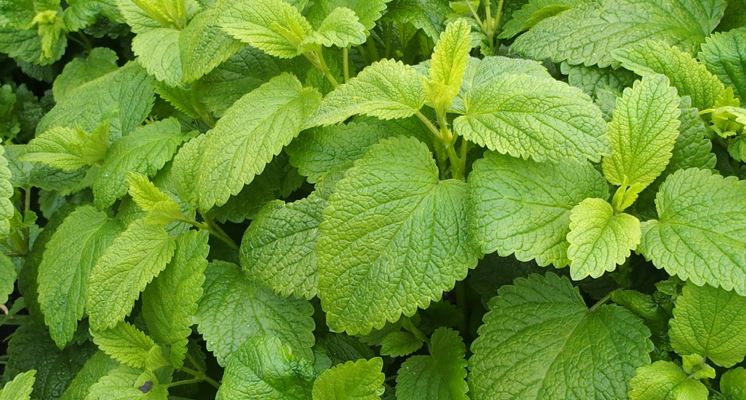
Lemon balm is a lemon-scented herb with a mild citrus taste. It is often used in teas and can help reduce stress and promote relaxation. It also attracts beneficial insects.
16. Fennel

Fennel is a versatile herb commonly used in Mediterranean cuisine and can be eaten raw or cooked. It also has medicinal properties and aids digestion.
17. Basil
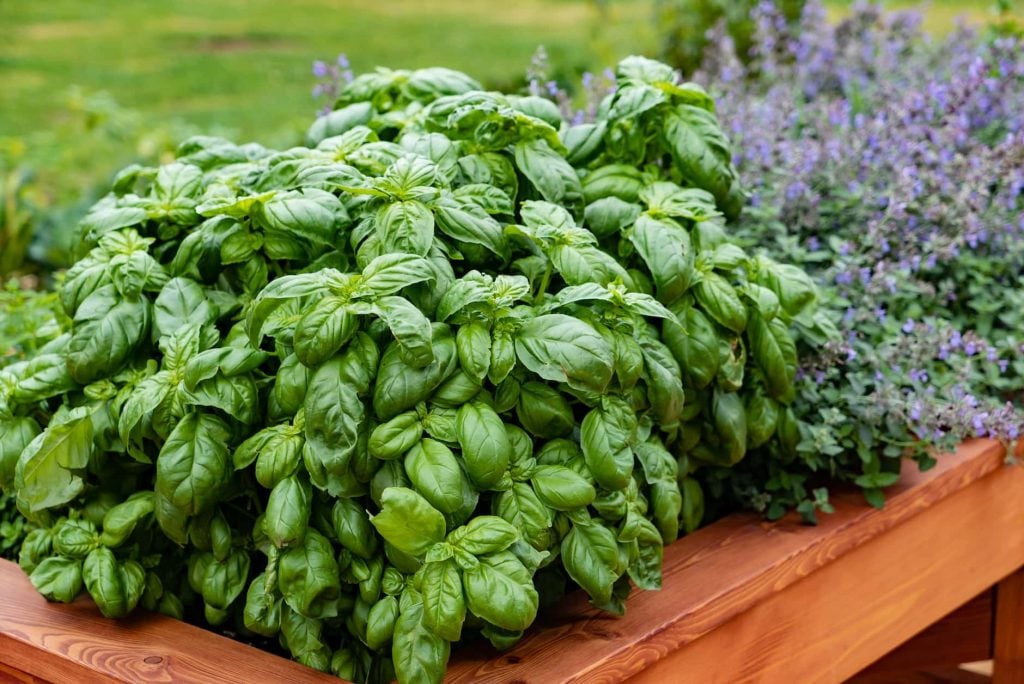
Basil is a fragrant herb with a sweet, slightly peppery taste. It is a staple in Italian cuisine and can be used in salads, sauces, and pesto. It also has anti-inflammatory properties.
18. Lemon Grass
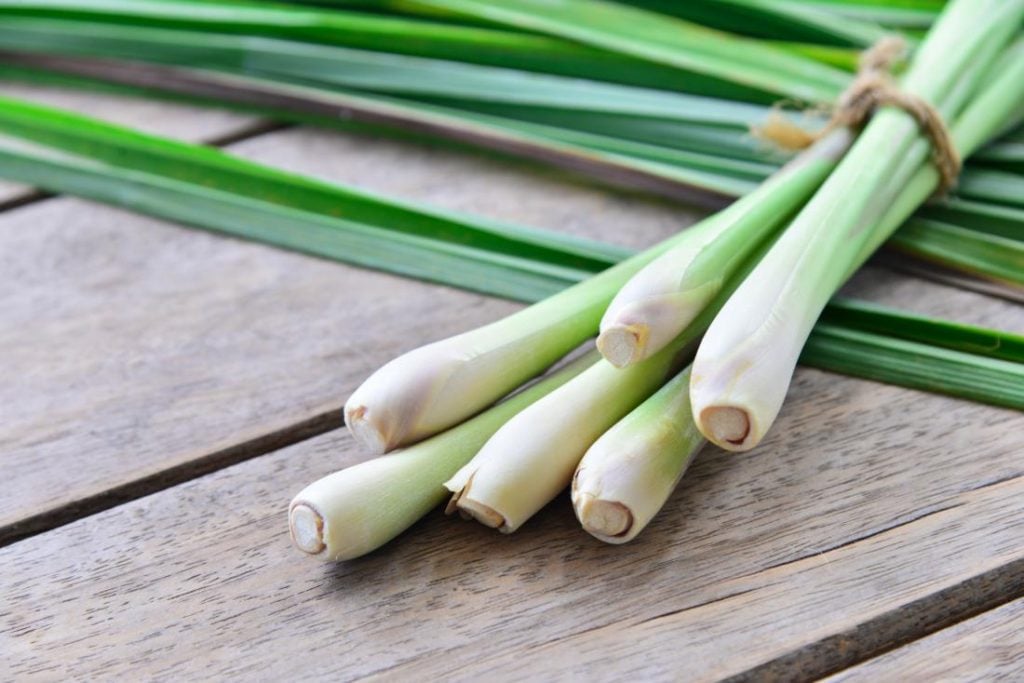
Lemongrass is a fragrant herb with a lemony flavour. It is commonly used in Asian cuisine and is rich in antioxidants. It also has anti-inflammatory properties and can aid digestion.
19. Coriander
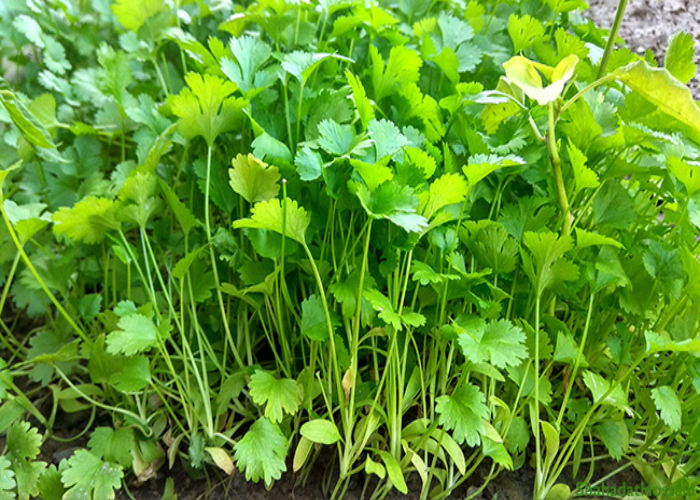
Coriander, also known as cilantro, is a versatile herb with a citrusy flavour. It is commonly used in Mexican and Asian cuisine and has anti-inflammatory properties. Its seeds are also used as a spice.
20. Feverfew
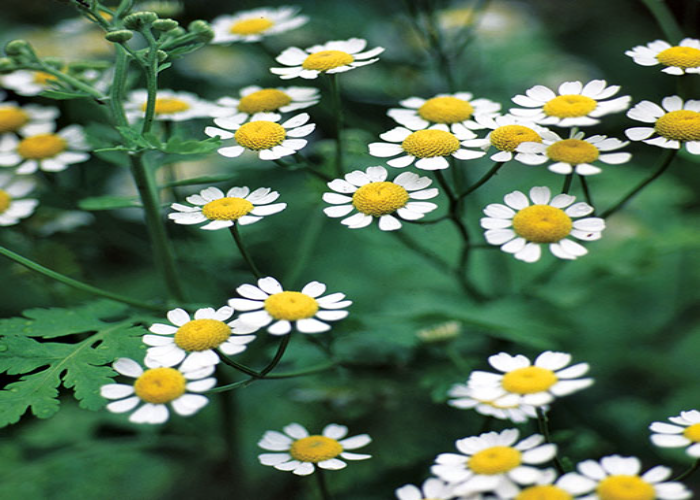
Feverfew is a medicinal herb that has been used to treat headaches, fever, and arthritis. It is also used to prevent migraines and reduce inflammation.
21. Salad Burnet
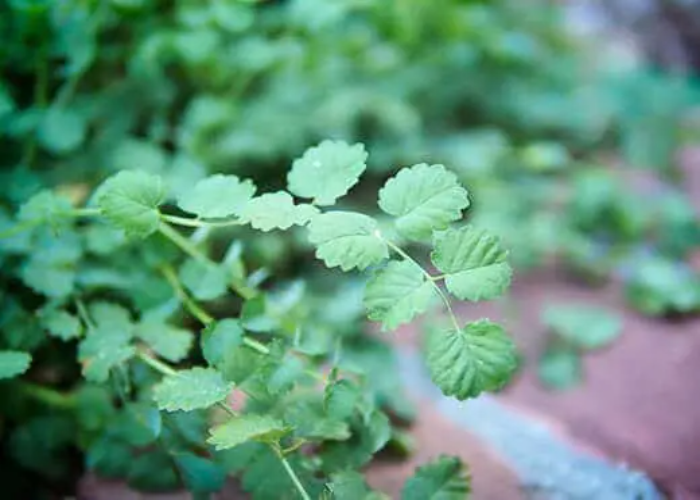
Salad Burnet is a herb with a cucumber-like taste. It is often used in salads and has a cooling effect. It is easy to grow and attracts beneficial insects.
22. Borage
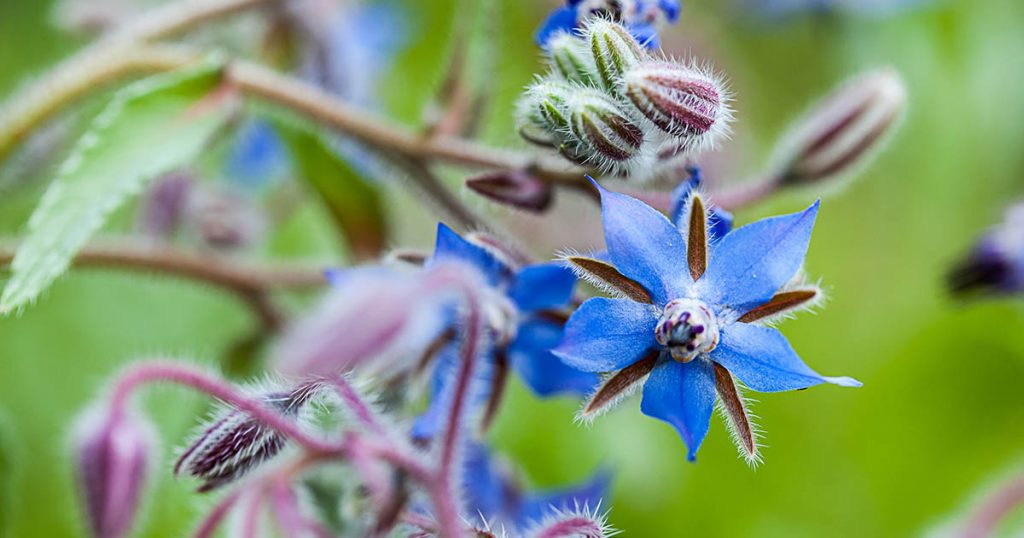
Borage is a herb with blue, star-shaped flowers. It is often used in salads and has a cucumber-like taste. It also attracts beneficial insects and has medicinal properties.
23. Garlic Chives
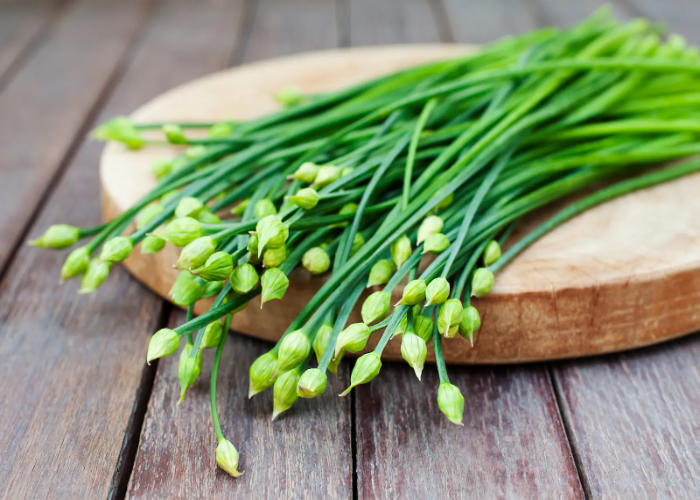
Garlic chives are a flavourful herb with a mild garlic taste. They are commonly used in Asian cuisine and are easy to grow. They also have medicinal properties.
24. Chicory
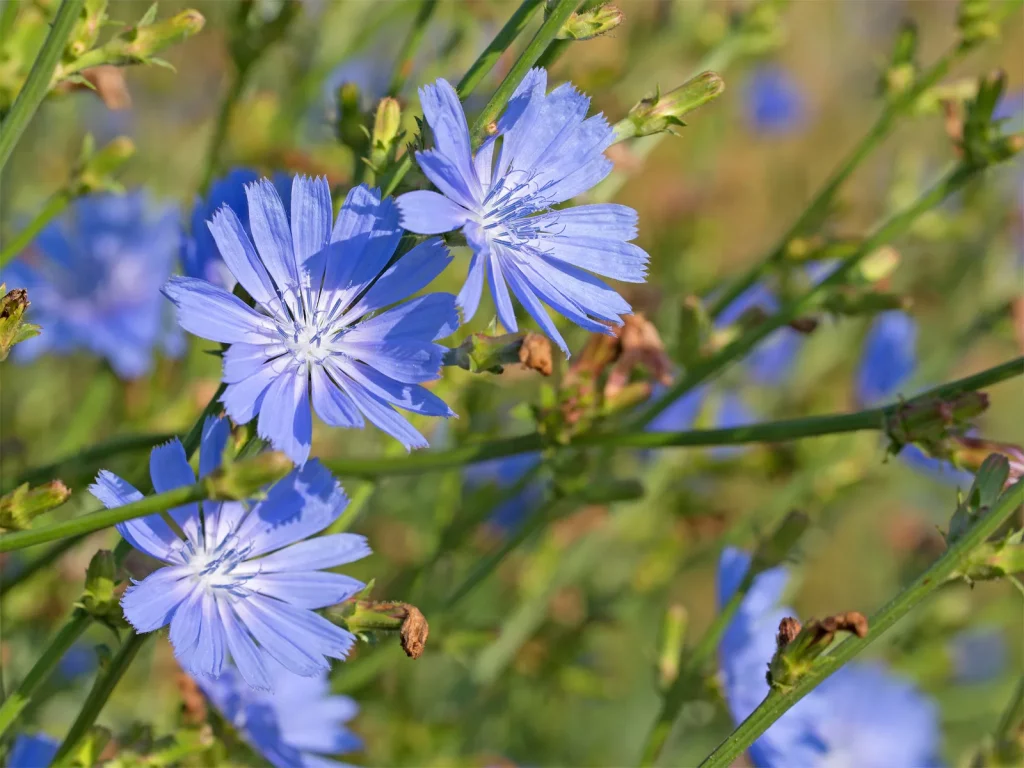
Chicory is a bitter herb that is often used in salads and as a coffee substitute. It also has medicinal properties and can help with digestion and liver function.
25. Bergamot
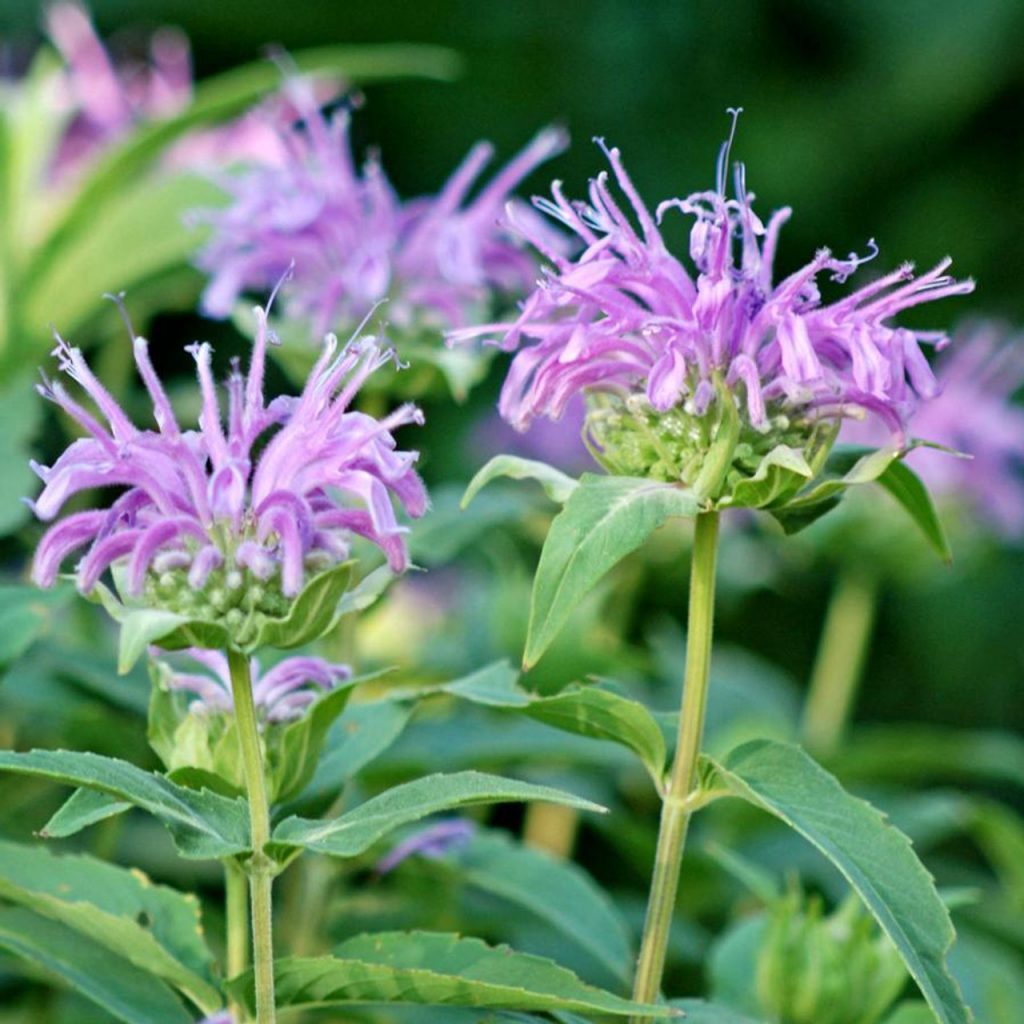
Bergamot, also known as bee balm, is a herb with a citrusy flavour. It is often used in teas and has medicinal properties, including its ability to reduce stress and ease digestive issues.
26. Chamomile
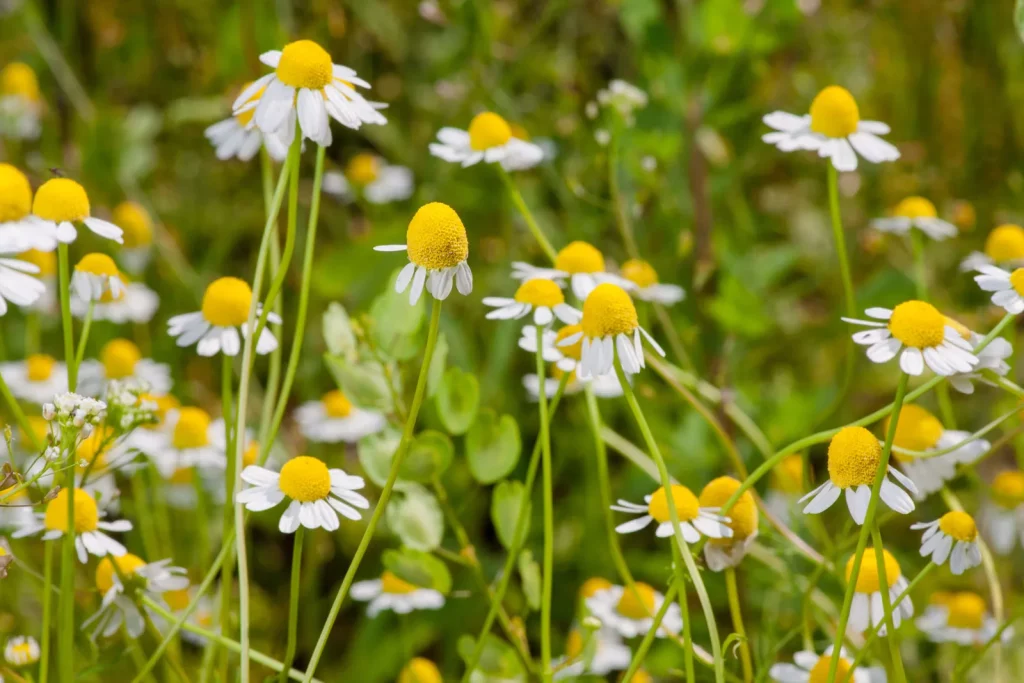
Chamomile is a herb with a delicate, floral flavour. It is often used in teas and has a calming effect on the body. It also has anti-inflammatory properties and aids digestion.
Herbs that Grow Well in Partial Sunlight
There is a perception that full sunlight is essential for the healthy growth of all herbs. However, there are plenty of herbs that can thrive in partially shaded areas. If you’re looking to add some greenery to a space that doesn’t receive full sunlight, there are many herbs that you can choose from. Here, we’ll explore 14 of the best herbs to grow in partial sunlight.
27. Parsley
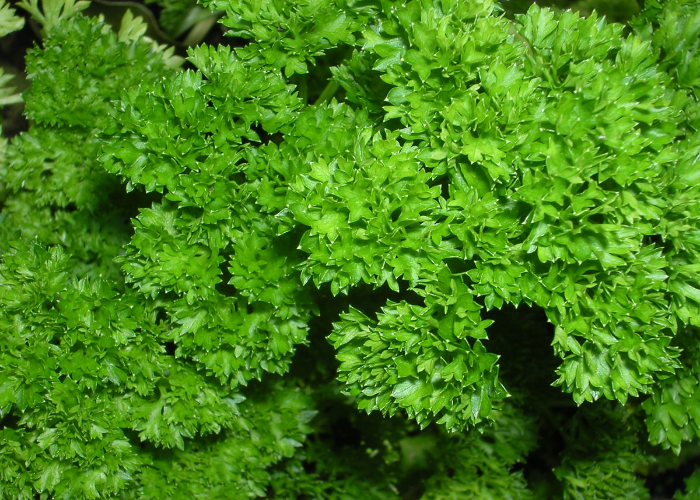
Parsley is a popular culinary herb with a bright, refreshing flavour. It is rich in vitamins A and C and is often used as a garnish or to add depth to soups and stews.
28. Tomato
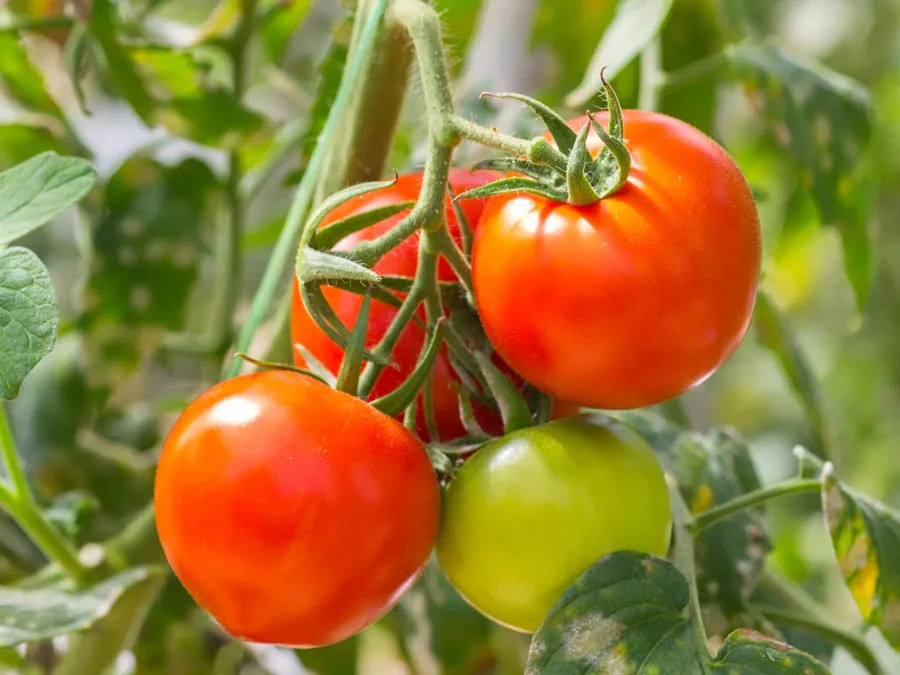
While tomatoes are technically a fruit, they are often used as a herb in cooking. They have a rich, savoury flavour and are a staple in many Mediterranean dishes. Tomatoes are also a great source of vitamins A and C.
29. Meadowsweet
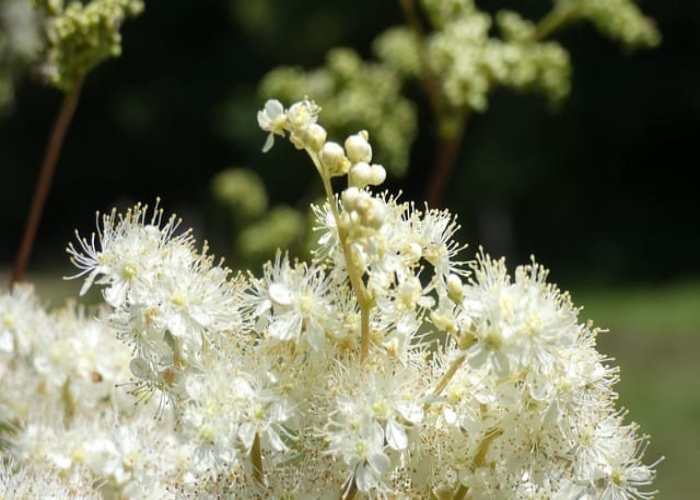
Meadowsweet is a medicinal herb known for its pain-relieving and anti-inflammatory properties. It has a sweet, floral scent and is often used to treat headaches, arthritis, and digestive issues.
30. Mint
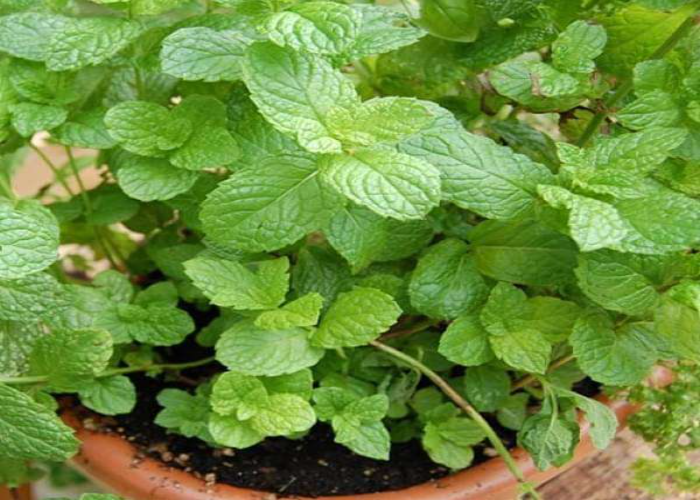
Mint is a refreshing herb that is commonly used to add flavour to teas, cocktails, and desserts. It has a cooling effect and is also used as a natural remedy for digestive issues.
31. Marshmallow
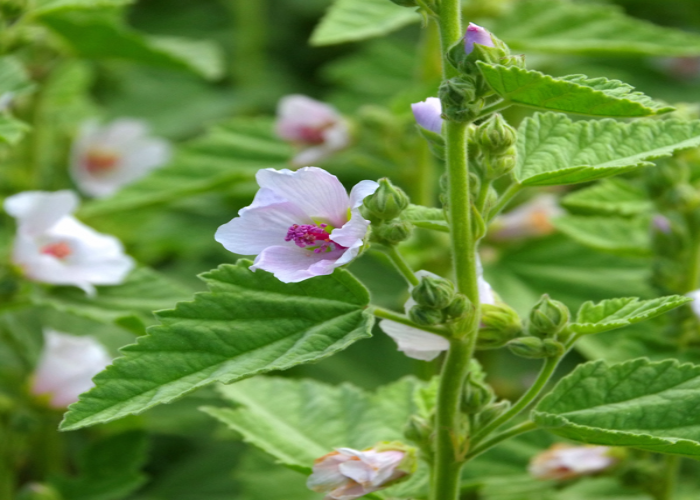
Marshmallow is a medicinal herb that has been used for centuries to soothe sore throats and coughs. It has a sweet, earthy flavour and is often added to teas.
32. Chervil
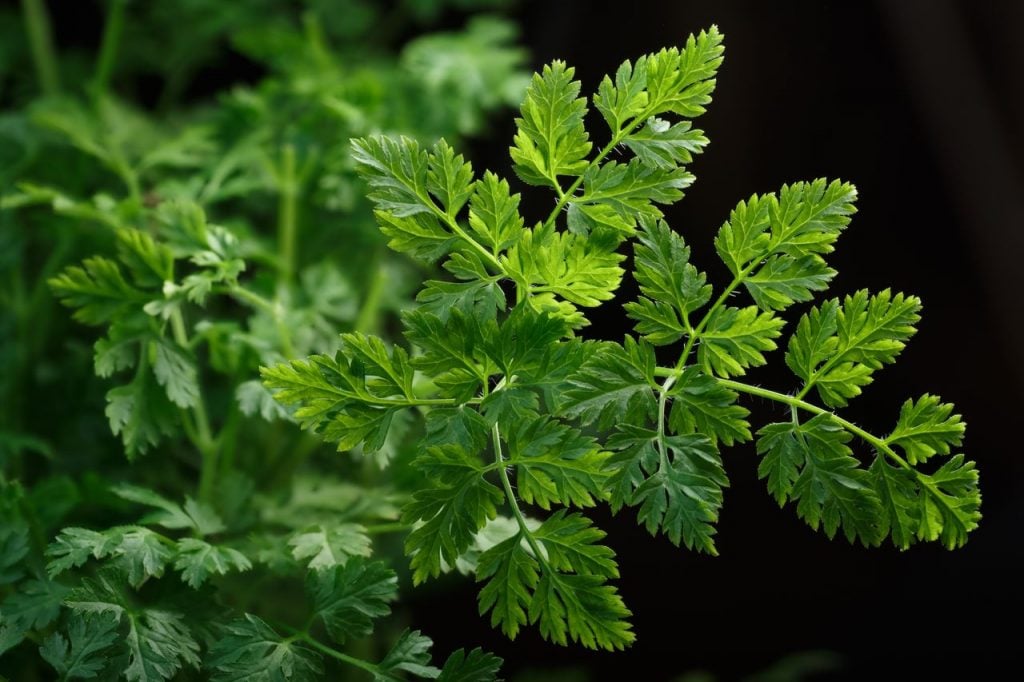
Chervil is a delicate herb with a subtle anise flavour. It is commonly used in French cuisine and pairs well with fish, eggs, and vegetables. Chervil is also rich in antioxidants.
33. Rue
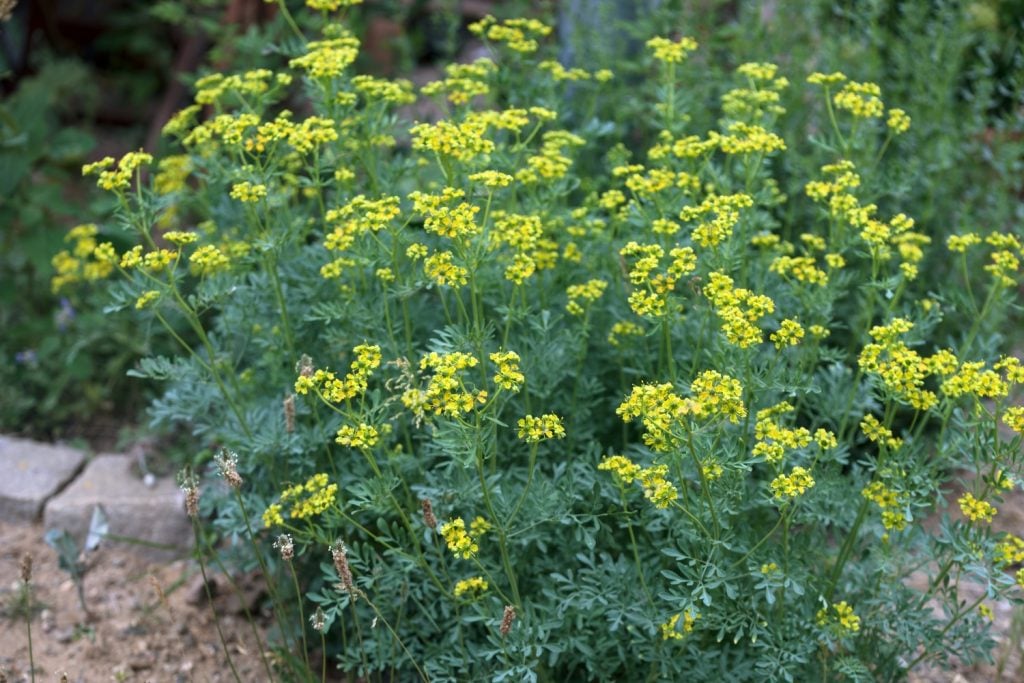
Rue is a medicinal herb that has been used for centuries to treat several ailments. It has a bitter flavour and is often added to teas or used in natural remedies for digestive issues and menstrual cramps.
34. Sorrels
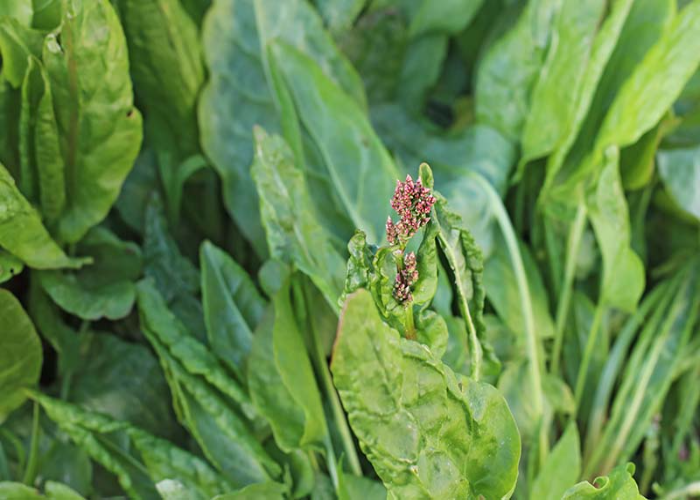
Sorrel is a tart herb that is often used in salads and soups. It has a lemony flavour and is a good source of vitamins A and C. Sorrel is also known for its diuretic properties.
35. Comfrey
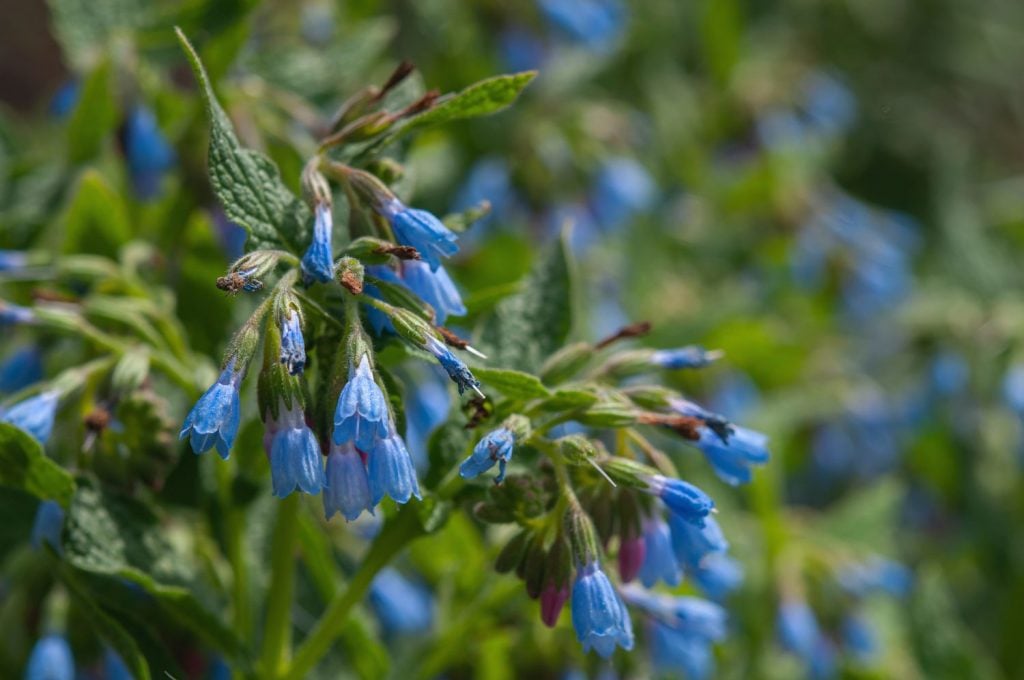
Comfrey is a medicinal herb that has been used for centuries to treat wounds and reduce inflammation. It has a gummy texture and is often applied topically in the form of a poultice.
36. Alexanders
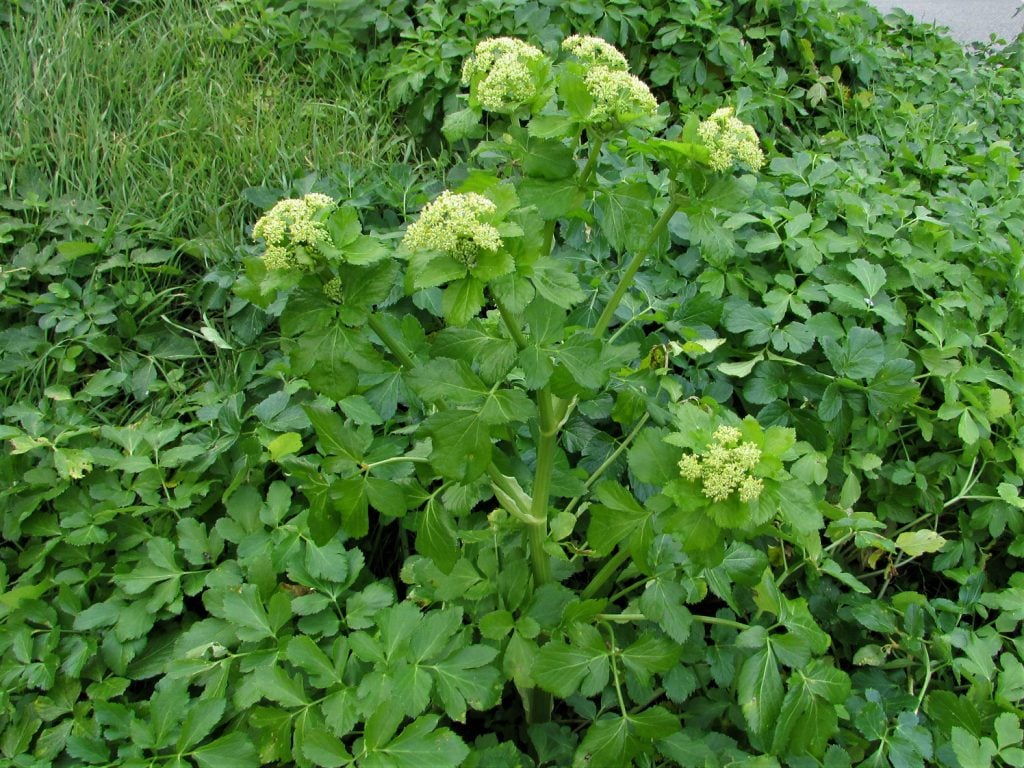
Alexanders is an edible herb that has been used for both culinary and medicinal purposes for centuries. It has a subtle celery-like flavour and is high in vitamins A and C.
37. Angelica
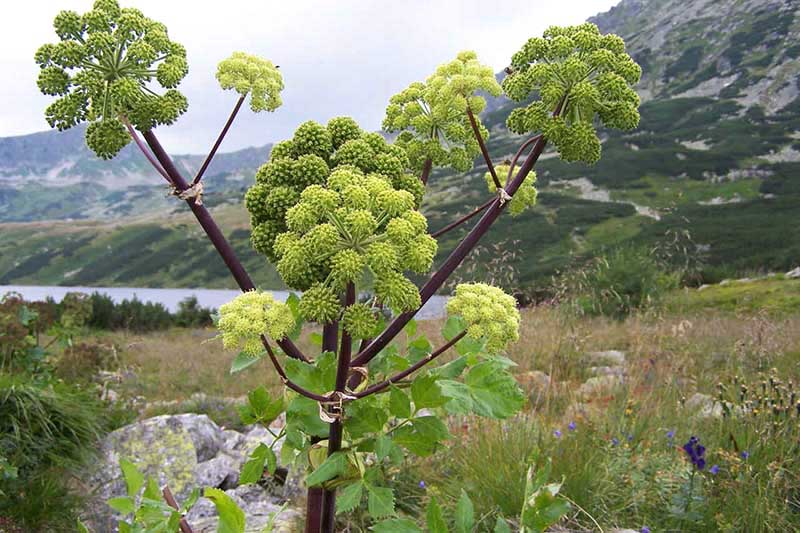
Angelica is a medicinal herb that has been used for centuries to treat respiratory and digestive issues. It has a bitter, earthy flavour and is often added to teas or used in natural remedies.
38. Tansy
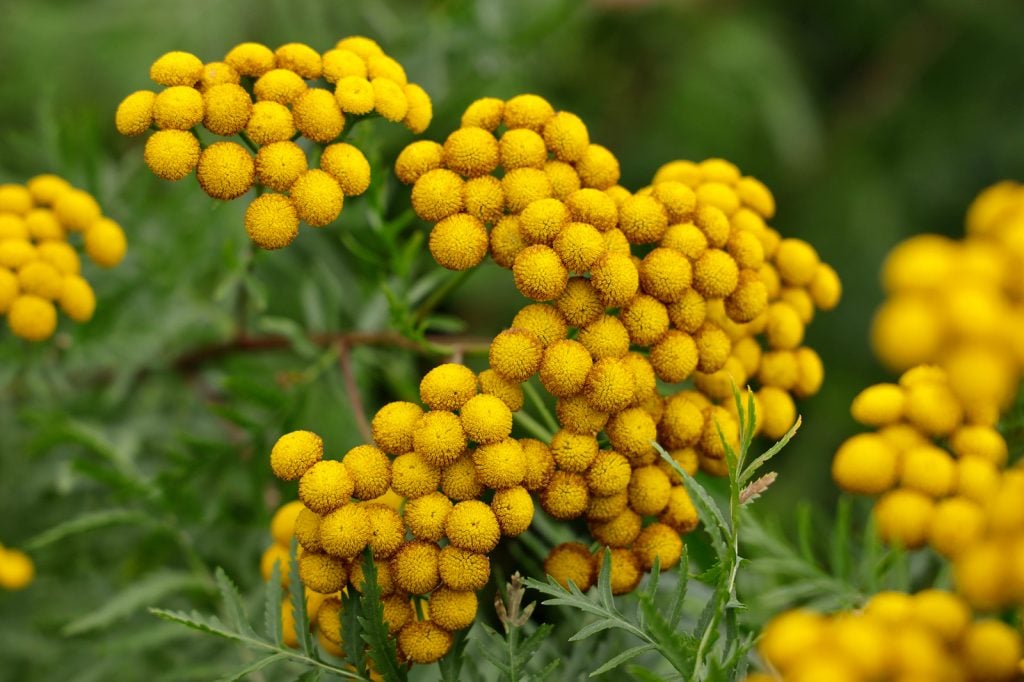
Tansy is a medicinal herb that has been used for centuries to treat digestive issues and menstrual cramps. It has a bitter, slightly spicy flavour.
39. Good King Henry
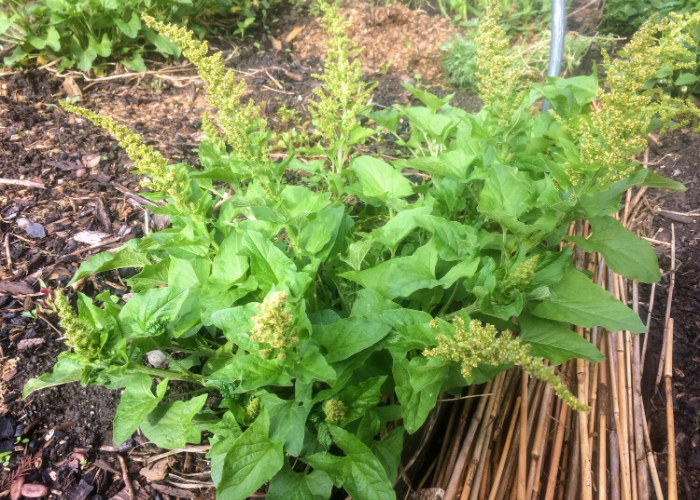
Good King Henry, also known as wild spinach, is an edible herb that has a slightly bitter taste and is often used in soups and stews. It is high in vitamins A and C and is also known for its medicinal properties.
40. Lovage
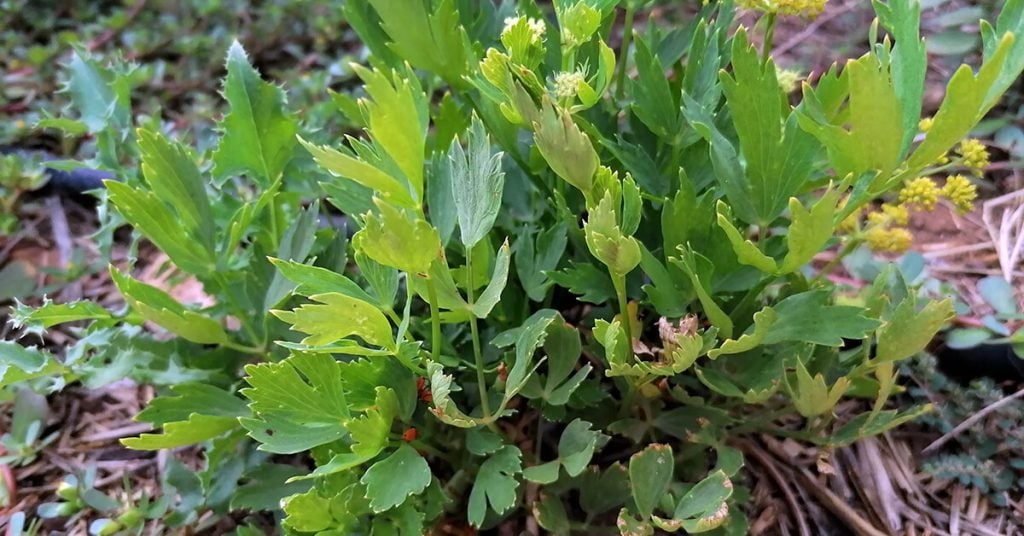
Lovage is a flavourful herb with a taste similar to celery. It is often used in soups, stews, and stocks to add depth of flavour. Lovage is also known for its medicinal properties, like treating inflammation and indigestion.
Start Your Own Herb Garden and Reap Benefits!
All in all, herbs have been used for centuries as medicinal remedies and flavourful additions to food. With the increasing popularity of home gardening, starting your own herb garden can be a fantastic idea. Not only does it allow you to have access to fresh and high-quality herbs at any time, but it also allows you to experiment with different varieties of herbs and their uses.
By starting your own herb garden, you can also have peace of mind knowing that your herbs are free from harmful chemicals and pesticides. Additionally, you can save money by growing your own herbs instead of buying them from stores. Overall, starting your own herb garden is a great way to enhance your cooking and wellness routines while also enjoying the many benefits of gardening.
So why not get started today and enjoy the many benefits of fresh herbs straight from your own garden?
Frequently Asked Questions (FAQs)
Which Herb Plants Can Be Planted Together?
Herbs like Rosemary, Oregano, Lavender, Marjoram, Sage, and Thyme, which require full sun and well-drained soil, can be grown together. Herbs that require partial sunlight, like, Chervil, Tansy, Mint, and Parsley, can be grown together.
What Are the 10 Most Common Herbs?
The 10 most common herbs used in cooking and medicinal purposes are basil, oregano, parsley, thyme, rosemary, sage, cilantro, mint, dill, and chives. Basil is used in Italian dishes, oregano in Mexican and Mediterranean cuisine, parsley as a garnish, thyme and rosemary in meat dishes, sage in stuffing and poultry seasoning, cilantro in Asian and Latin American cuisine, mint in desserts and beverages, dill in pickling and seafood dishes, and chives as a garnish or in soups and sauces.
What is the Best Combination of Herbs?
Some of the best combinations of herbs are – Dill with garlic, chives, and lemongrass. Mint with parsley, chervil, and sorrels. Rosemary with oregano, tarragon, and thyme. Tomato with parsley, mint, and chervil. Echinacea with yarrow and mace. Fennel with lemongrass and coriander.
What is a King of Herbs?
The “King of Herbs” is a common nickname for the herb called basil. This is because of its widespread use in culinary traditions all over the world, where it is highly prized for its aromatic fragrance and distinctive taste.

